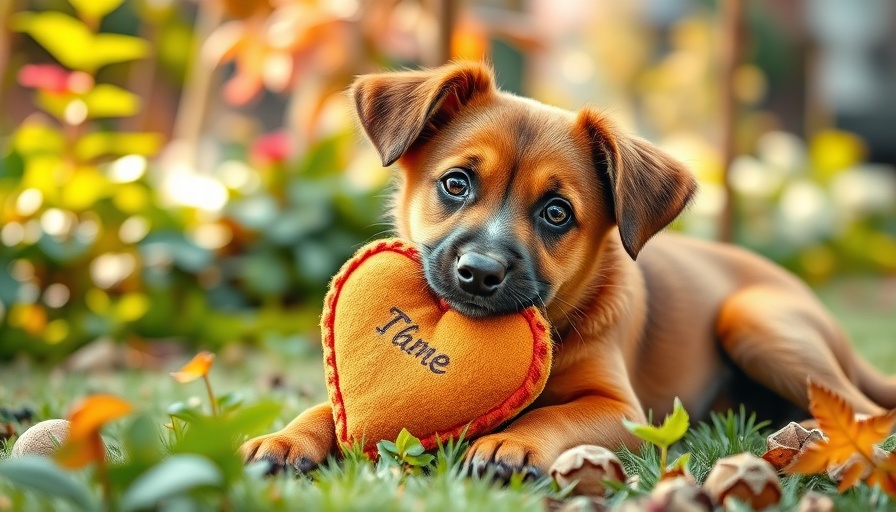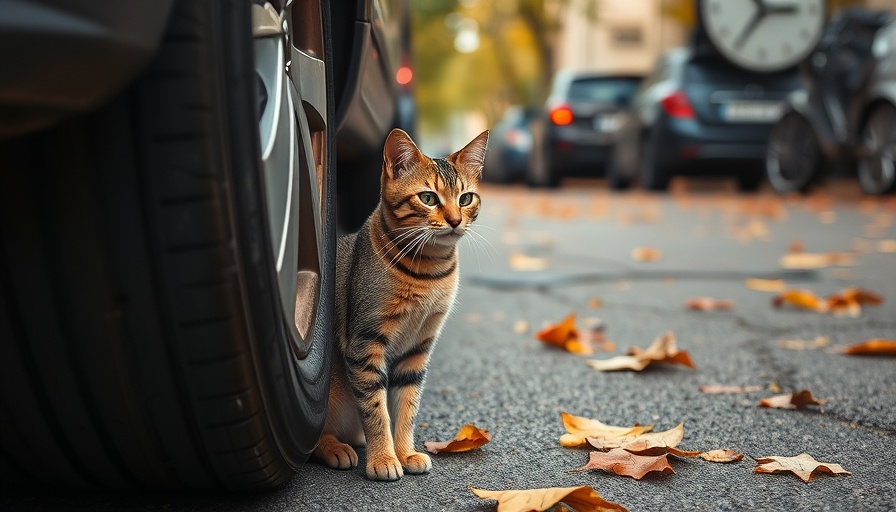
Celebrating Love: Why Your Pet Deserves It
As we approach Valentine’s Day, there’s no denying that our pets deserve to be celebrated just as much as our human loved ones. These furry friends give us unconditional love and companionship, making it only fitting to return the favor. This guide will explore how you, as pet parents and professionals in the field, can creatively express your affection for your pets through treats, activities, and special moments.
Homemade Treats: A Love Language Your Pet Can Taste
Homemade treats are an excellent way to show your love while ensuring that your furry companions enjoy healthy ingredients. For dogs, consider simple recipes that incorporate carrots—an underrated superfood. From carrot and peanut butter biscuits to various other easy-to-make goodies, these treats can keep your dog wagging its tail.
Cats also enjoy special treats, and the wonders of salmon shouldn’t be overlooked. It’s rich in omega-3 fatty acids, promoting shiny coats and overall health. Treat your feline with delectable recipes, such as salmon bites or even a tuna cat cake, that will have them purring with delight! Including them in the experience can also strengthen your bond; let them sample the ingredients as you mix and measure.
Creating Lasting Memories: Photoshoots with a Twist
Valentine's Day doesn’t just have to be about the treats. Why not capture your furry friend’s personality through a themed photoshoot? Grab cute props like heart-shaped toys and collars to make your photo session unforgettable. Whether it's a DIY setup at home or a professional shoot, these moments create lasting memories. Share your unique ideas or special moments on social media—they could inspire others in the pet-loving community!
Emotional Value: Understanding Your Pet's Need for Connection
As professionals working closely with pets, it’s vital to understand their emotional needs. For many, being pampered with extra affection and attention can alleviate stress and enhance their overall well-being. Whether you’re a veterinarian, a groomer, or part of a rescue organization, recognizing these aspects can improve your connection with pets in your care.
Fun Activities to Bond Beyond Treats
Besides feeding and pampering, consider engaging in fun activities tailored to your pet's interests. For instance, take them on a nature walk or play interactive games that sharpen their skills. Trainers often suggest using mentally stimulating toys that challenge pets, ensuring they stay physically and mentally engaged. Activities like these not only celebrate Valentine's Day but also support their health and development.
Taking Action: How To Celebrate Love for Your Pet This Valentine’s Day
The path to showing love is multifaceted—cooking fun treats, spending quality time, indulging in capturing memories, and understanding their emotional landscape is just the beginning. As professionals in the pet industry, we should inspire pet owners to extend this love beyond Valentine’s Day. Help them create new traditions or implement educational workshops to share information about pet care and wellness.
Join the Celebration: Share Your Vaccine Stories!
We want to hear how you plan to celebrate Valentine's Day with your pets! Share your special moments, unique treats, or thoughtful activities in the comments below. Remember, love is also about sharing experiences and building community!
Celebrating Valentine’s Day with your pets can deepen bonds and promote their welfare. Let's work together to emphasize the significance of love in animal care—even beyond this hallmark day. Whether you're crafting homemade treats or thinking of innovative activities; remember, the simplest gestures can have the most profound effects on their joy and health!
 Add Row
Add Row  Add
Add 




Write A Comment